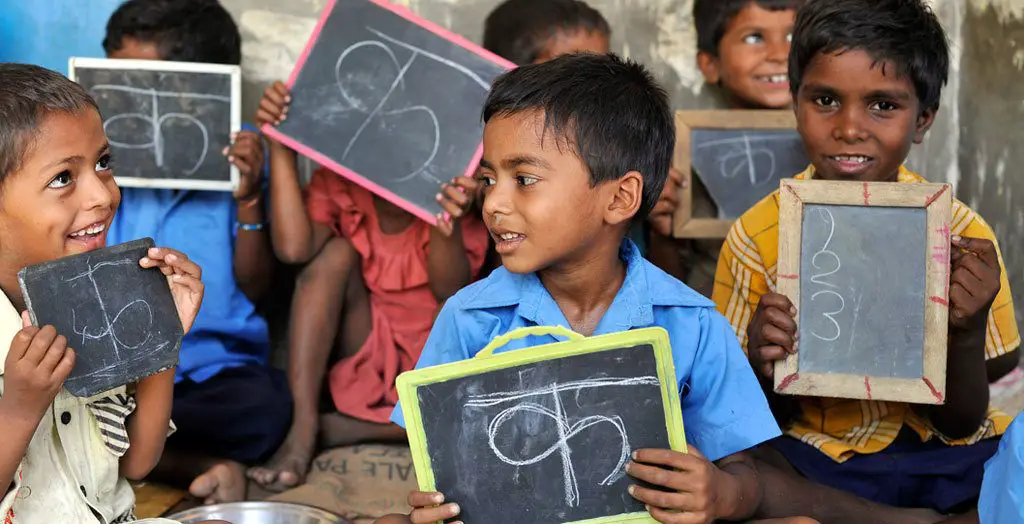Background :-
- Education is the primary and basic requirement for development of a person. The government has taken the step to root the Right to Education Act (RTE) on 4th of August, 2009 because of the high illiteracy rates.
- This act provides compulsory elementary education to every child of the age group of 6 to 14 years. Although the government had good intentions in mind, this Act has a few drawbacks along with the benefits.
Yes :-
- The RTE Act is primarily for providing education to the under-privileged children, and as it requires no schooling cost, parents are sending their kids to schools without any burden.
- Today, approximately 35 million to 60 million children are not in schools. As the Act promises education to be provided to every child, there is a possibility of a massive increase on the literacy rate of India. Along with education, employment of teachers and staffs also seem to increase.
- India has almost 19% of the world’s children and is ranked as third in the count of illiteracy. The RTE Act is an exercise to increase this rank and move towards an educated India, starting with educating the youth.
No :-
- The RTE has mentioned a minimum requirement of 2000 square meters plot size of schools. This criterion for establishing schools is not suitable for the rural and slum areas. This is further uprooting existing small scale schools.
- As the Act states compulsory education from the age of 6, preliminary schools take advantages. They are leaving no scopes to ask for lump-sum donations for pre-schooling of children. The law holders overlooked and ignored importance and necessity of pre-schooling.
- The RTE prioritize the rule of imposing education on children and on the infrastructure of schools rather than on the quality of education that the student are to receive. The appointment of teachers in schools are lenient and not quite up to the mark.
- The trend of “inspection” of schools in the current times has also paved way for corruption and extortion.
- The non government/private schools are pressurized with the replacement of 25% of their seats with non-aided students for the RTE implementation. The government asked a total of 204 private schools, including those offering CBSE and ICSE syllabi, in the district to reserve seats. This in turn results in degradation of those 75% students getting burdened with extra fees of the non-aided students. The quality of the education is cut down when fee structure cannot be increased.
- The UNICEF and the State Commission for Protection of Child Rights has recently conducted a survey. They state that there is no much of improvement in admission of students as well as in education since the time the act has been implemented.
Conclusion :-
Although the government had good and beneficial motives with the Act, the implementation did not turn out to be so. There are loopholes and flaws in the Act. These flaws need to be rectified to achieve the aims and motives of the Act.
[polldaddy poll=”9873002″]
Afterwords :- Feel free to comment your opinions in the comments section below.
Copyright @ Group Discussion Ideas

